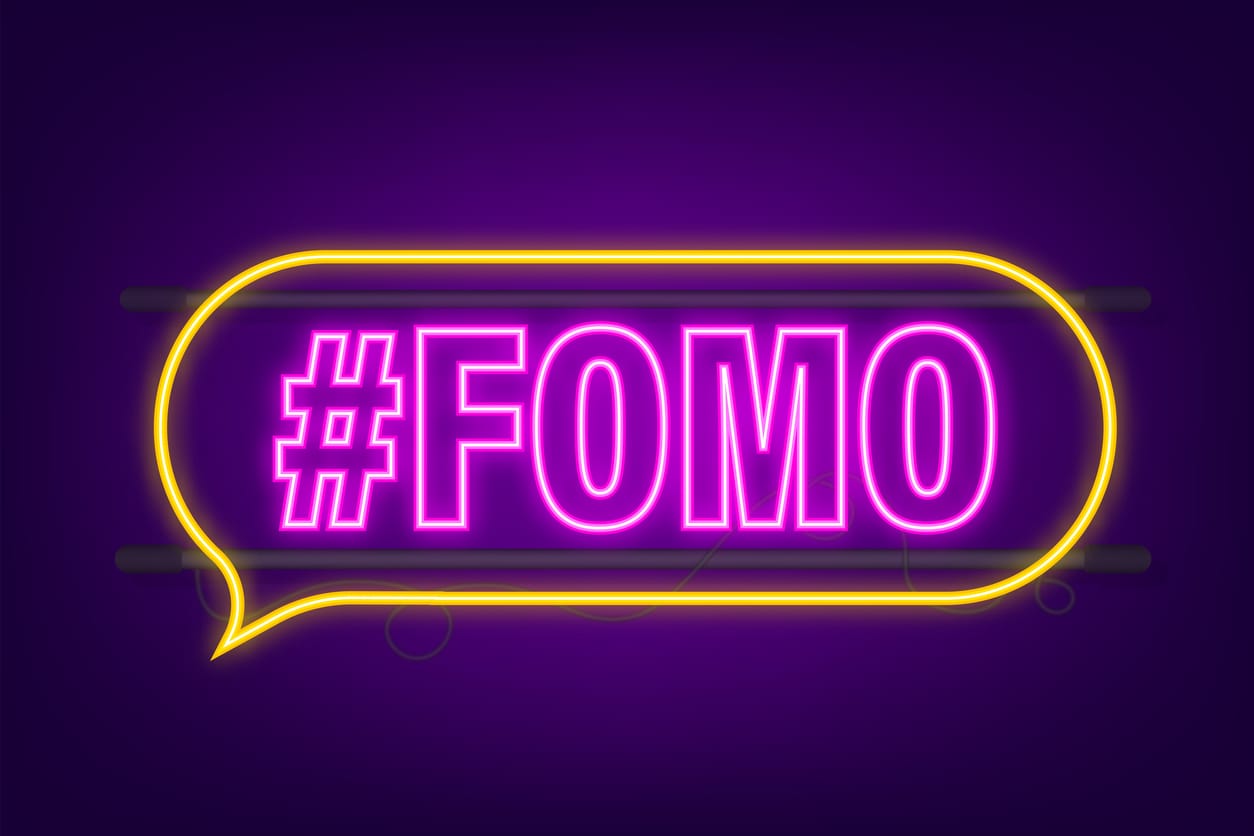
Separating Marketing from Selling
Mark Hale ‐ June 12, 2014
Some marketing experts recommend that in creating an advertising program you should offer many different options and to fully explain the product in the advertising. They suggest for you to fully educate the customer in the postcard or brochure and that you sell the prospect on the product in the advertising.
The attention span of most people today is 3 to 5 seconds. The reader is not going to read an information packed postcard or brochure direct mailed to them; nor are they going to watch or listen to a information laden billboard, TV or radio ad.
Think about the last time you received a direct mail piece at home that was chocked full of information. Did you read it? Did it seem too confusing? All of a sudden, did you feel like you did not have time to read the postcard? Let me ask you this, did you respond to the direct mail piece or throw it in the trash? I’m betting your trash got a little fuller that day.
At this point, let’s look at the purposes of marketing and sales for your business.
True marketing has an element of sales in it and selling has an element of marketing in it, but the basic purpose of each is very different. When you mix the purposes of both marketing and selling, you end up with advertising that is ineffective and sales people with too many pending sales cycles and not enough closed sales.
- The purpose of marketing three fold is to get noticed, to create interest and to invoke a response.
- The purpose of selling is to bring about decision and closure through enlightenment and education. A sale is achieved by answering the customer’s questions and handling concerns then asking for the order.
The postcard or other marketing piece must first get noticed, then give the prospect enough information to gain their interest, but not so much information that the reader can make a decision one way or another.
A well-designed direct mail ad will build a kind of mystery sandwich that creates a few questions in the mind of the reader. Being interested in the product, the prospect wants to call to get his questions answered about the product.
Your printed brochures, postcards or any of your advertising should contain several easy ways for the prospect to contact you to get their questions answered. There must be a reason to call and an offer to call now.
The trick is to present just enough information—in the form of benefits—in the ad that the reader thinks he might need the product. A benefit can also be referred to as a solution to a problem. People are generally looking for solutions to problems they have. The easier it is for them to see a potential solution in the advertisement the more likely they will be to want more information.
Sales and selling
When the prospect sees you advertising and calls your office the way your sales people handle them will determine whether the lead is lost or converted to a sale.
An effective sales person knows his job to qualify the prospect by asking the right questions to identify exactly what the prospects needs are and what problem the prospect wants solved and then to enlighten the prospect as to what product or service best solves the problem, then to answer questions and concerns the prospect might have.
The enlightenment part of the cycle is where information is provided, but it is only the information that demonstrates the solution to the prospects problem he wants solved.
Selling is not telling, selling is asking. The more skillful your sales team is at asking questions, the more information they will get that will qualify the prospect, and about the prospects problems, needs and wants. Armed with this information, your sales team can make the product or service recommendation to the prospect that they will buy.
Never ask the customer to choose between two or more options. I know some sales trainers teach the “either-or” close. The “either-or” close should be limited to delivery or payment options; would you like to pay by check or credit card, not would you prefer the red or the blue suit.
The “either-or” close usually does not work because it asks the prospect to choose between two product options. The prospect has been asked to choose then says, “I need to think about it…”
When a sales person makes a recommendation that is based on a solution to their problem, the recommendation is real to the prospect—it makes sense. This makes the buying process easier for the prospect and you will see fewer prospects needing to “think about it” and more prospect buying.
Marketing and sales work together, but each has a specific role and purpose. Understanding and separating these purposes makes marketing your small business easier and more effective.
Mark Hale is a 28-year sales and marketing veteran. He started his career as a radio sales person selling poofs of air to businesses. The successful marketing program he has created has helped his clients’ businesses to boom. Soon he was promoted to training and managing sales teams. Mark is a successful entrepreneur and businessman whose experience encompasses broadcast marketing, magazine campaigns, direct mail promotion, promotional programs and display advertising. He has created successful marketing and promotional programs for small, medium and large businesses.
©2005-2014 Mark Hale, All Rights Reserved
High Quality
Printing And Design
Our Services
- Postcard Printing
- Business Brochures
- Booklet Printing
- Flyers
- Signs and Banners
- Customer Thank You Cards
- Websites
- Custom Pocket Folders
Join 1,000s of
happy customers







